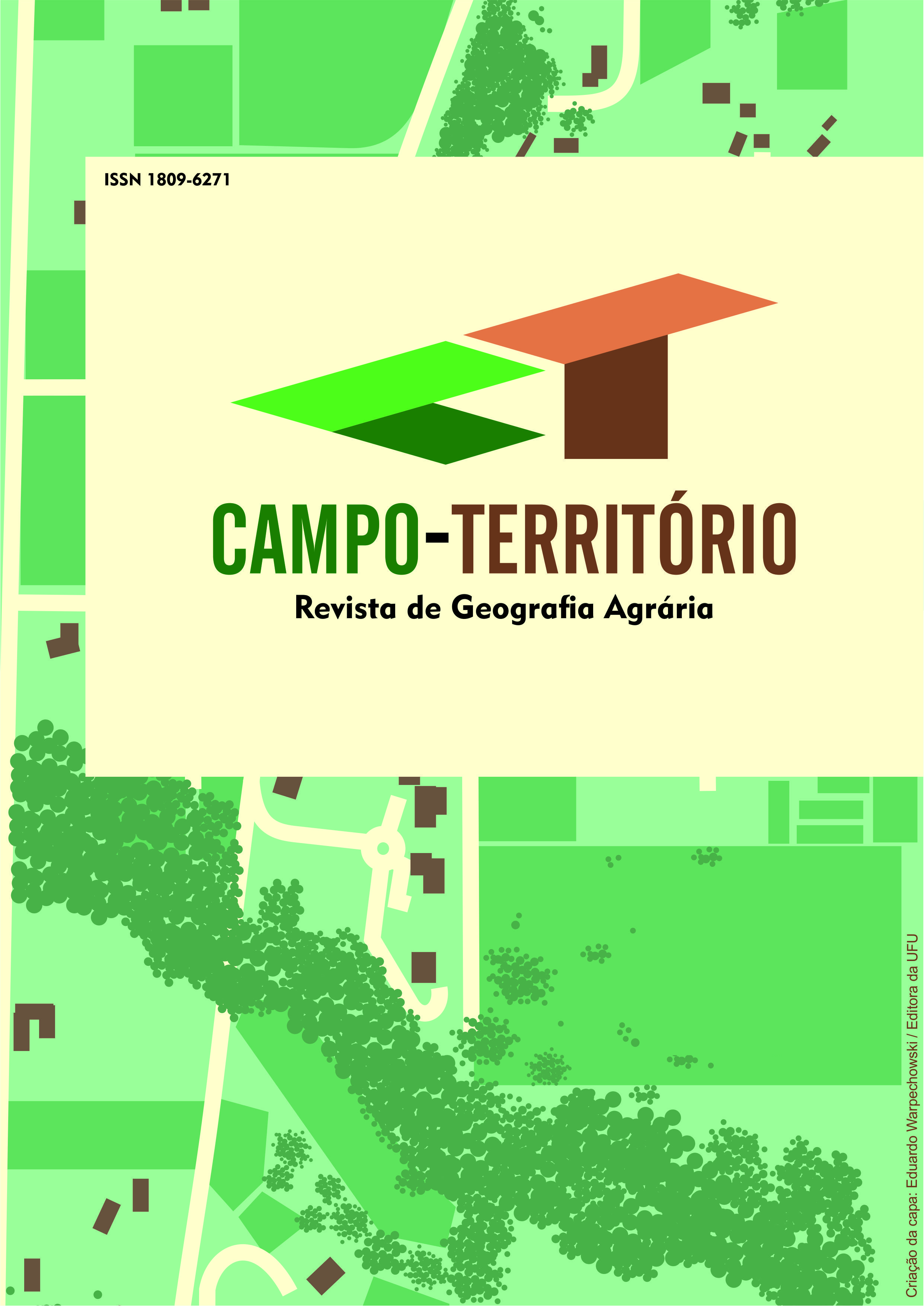The land as a "collective good" in the Incomati valley
: strategies of access, possession and sharing of land in the agrarian associations of Marracuene (Mozambique)
DOI:
https://doi.org/10.14393/RCT185069762Keywords:
agrarian associations, occupation, sharing, Incomati Valley, land conflictsAbstract
Mozambique operates under a dual system for land administration and management, comprising customary practices and formal legislative tenure laws. Within this context, agrarian associations emerge as a distinct system, exhibiting similarities to both systems. They function not only under legal regulations but also internal statutes, which may either conform to or diverge from 'customary norms' and the fundamental land legislation in Mozambique. This article conducts an analysis of land management strategies (including access, ownership, and sharing) within agrarian associations located in the Incomati Valley of Marracuene after post-colonial era. Employing a diverse range of research methods such as observations, interviews, and a comprehensive study of national land legislation, the article aims to examine the establishment, operation, and organization dynamics of these agrarian associations in the Incomati Valley, Marracuene. The research reveals that a significant number of these associations operate within a formalized informality, lacking legal registration or land use titles (DUAT). This informality is also apparent in the occupation and utilization of spaces and irrigation infrastructure primarily inherited from the colonial era. Former irrigation channels now serve as boundaries between associations (main channels), while secondary channels delineate land boundaries among members within the same association. In this context, conflicts over boundaries and competition for resource access are unavoidable, especially in a climate of high demand and increasing land commercialization.
Downloads
Downloads
Published
How to Cite
Issue
Section
License
Copyright (c) 2023 Revista Campo-Território

This work is licensed under a Creative Commons Attribution-NonCommercial-NoDerivatives 4.0 International License.































